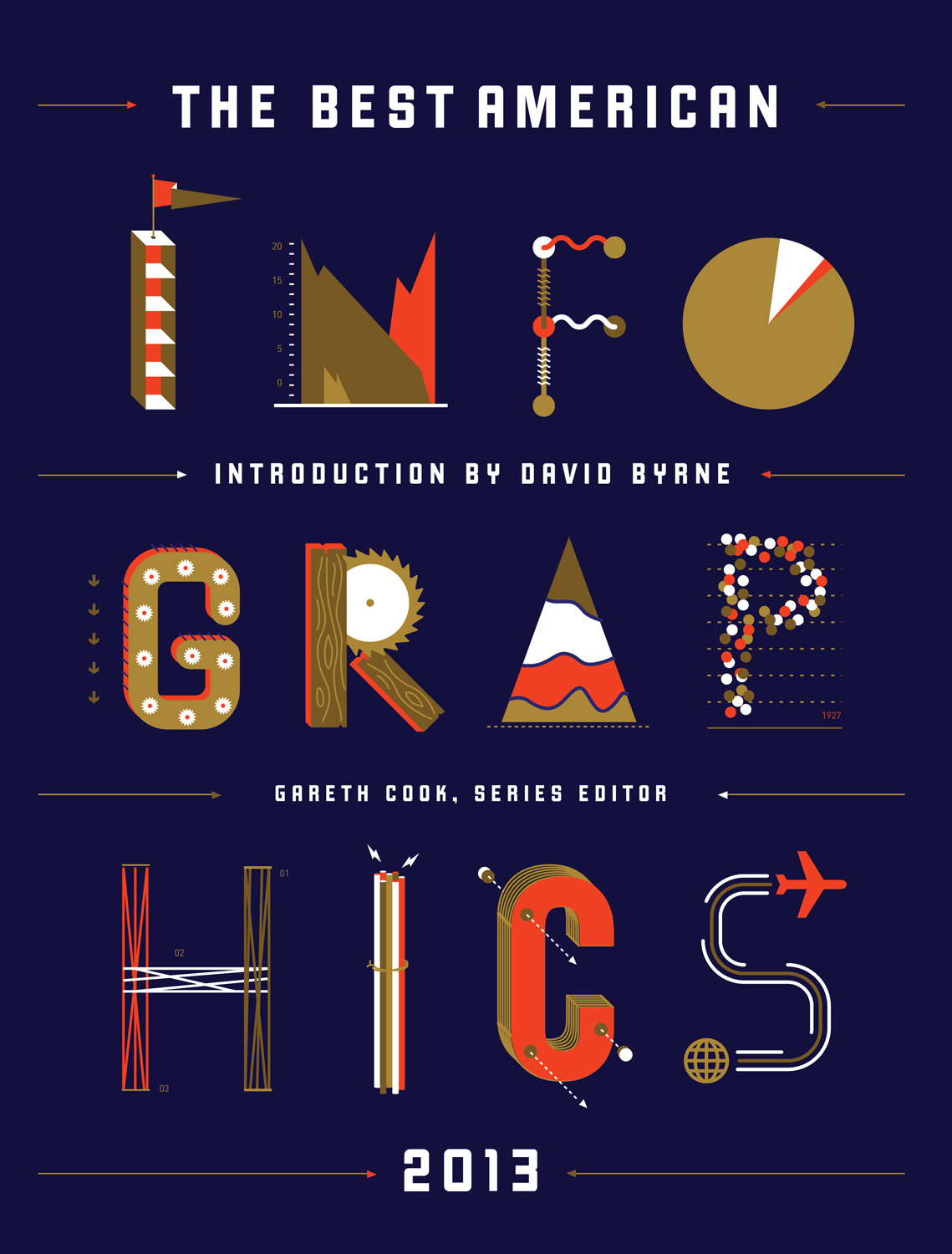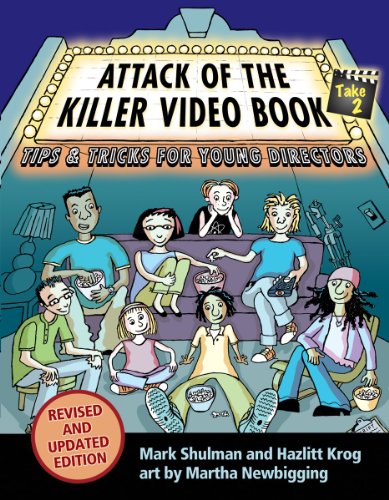
It’s painful to write this post of why I abandoned a book, and the fact that I got this particular book as a gift from my family (after openly expressing interest in it) made me stay with it longer than I would have otherwise done. I’ve got some guilt today. So, believe me when I say, I really, really wanted to keep with this novel that pushes the envelope in so many directions in ways that I find intriguing. Co-written by JJ Abrams (yes, that JJ Abrams, of moviemaking/television fame) and Doug Dorst, S. (that’s the title) is a story within story within story (and maybe more).
But I won’t be staying with it.
Ostensibly, the centerpiece is an old manuscript called Ship of Theseus by V.M. Straka, but the real story unfolds in the margins as two graduate students make notes on the text itself and then letters to each other. Colored ink with the notations shows the layered passage of time, as some notes have been written early and some notes late, and other notes, even later. Plus, the “book” (Ship of Theseus) has footnotes from the editor, adding yet another layer to the stories. And there are postcards, letters, code wheels and other objects stuffed into the page of the book. (See New Yorker piece about the book for more information from the authors on their intentions to tell the story this way).
So, as you read the main story, you also read the notes in the margin, and the footnotes, and all three are working towards some larger story. (although one person on Goodreads said they were going to read the main story first, and then go back and read the margin notes. I’m not sure what that experience would be like). It’s like juggling for the mind. And I like that feeling of being stretched by writers. I’m a sucker for pushing the expectations of what a book is, and what a book can be.
Except … except …. I am almost halfway through the book and …. nothing is happening. I have completely lost track of the multitudes of confusing characters (there are many in the main story — Ship of Theseus — that have connections to the ‘real” world of the writer V.M Straka, as postulated by the two graduate students …. oh …. I’m confused just trying to explain it all here). Oh sure, there are hints of some grand conspiracy, and of break-ins, and of academic theft, and other elements. And the story between the two students is nicely done, which I suspect is not easy to play for (setting forth a relationship entirely in margin notes). Colored writing as story device is fascinating, as I found my mind switching time modes depending on the ink.
But, I am at the end of my patience waiting for something, anything, to happen. I mean, this is J.J. Abrams, for goodness sake. No offense to Dorst (who seems like the one who did most of the actual writing, if I read the interviews correctly) but Abrams is the master of suspense and action these days. Lost, Star Trek, Star Wars. There’s plenty of suspense in this book but no resolution of the suspense. And not much action. Actually, no action to speak of. I’m not even sure how I have read the 200 pages I have read.
The book has become stalled in the act of the gimmick of storytelling. And, as the reader, I’ve had enough. I’ve been mulling over whether to abandon the book for days now, eyeballing my stack of other books and sighing as I hefted up S. each night, coming to get that “Do I have to?” feeling of picking the book up. Finally, this morning, I realized, “I don’t have to.” I am setting it aside, maybe to someday return to it. Maybe not.
I feel disappointed and letdown by the promise and premise of the book, though, and I am more than a bit sad that the story element seems have been buried under the whiz-bang of producing something new and eccentric. Writers, I don’t have time for gimmicks that don’t work. Give me a story and characters to believe in any day, and you’ll have me hooked and faithful every time.
Peace (on the pages),
Kevin










